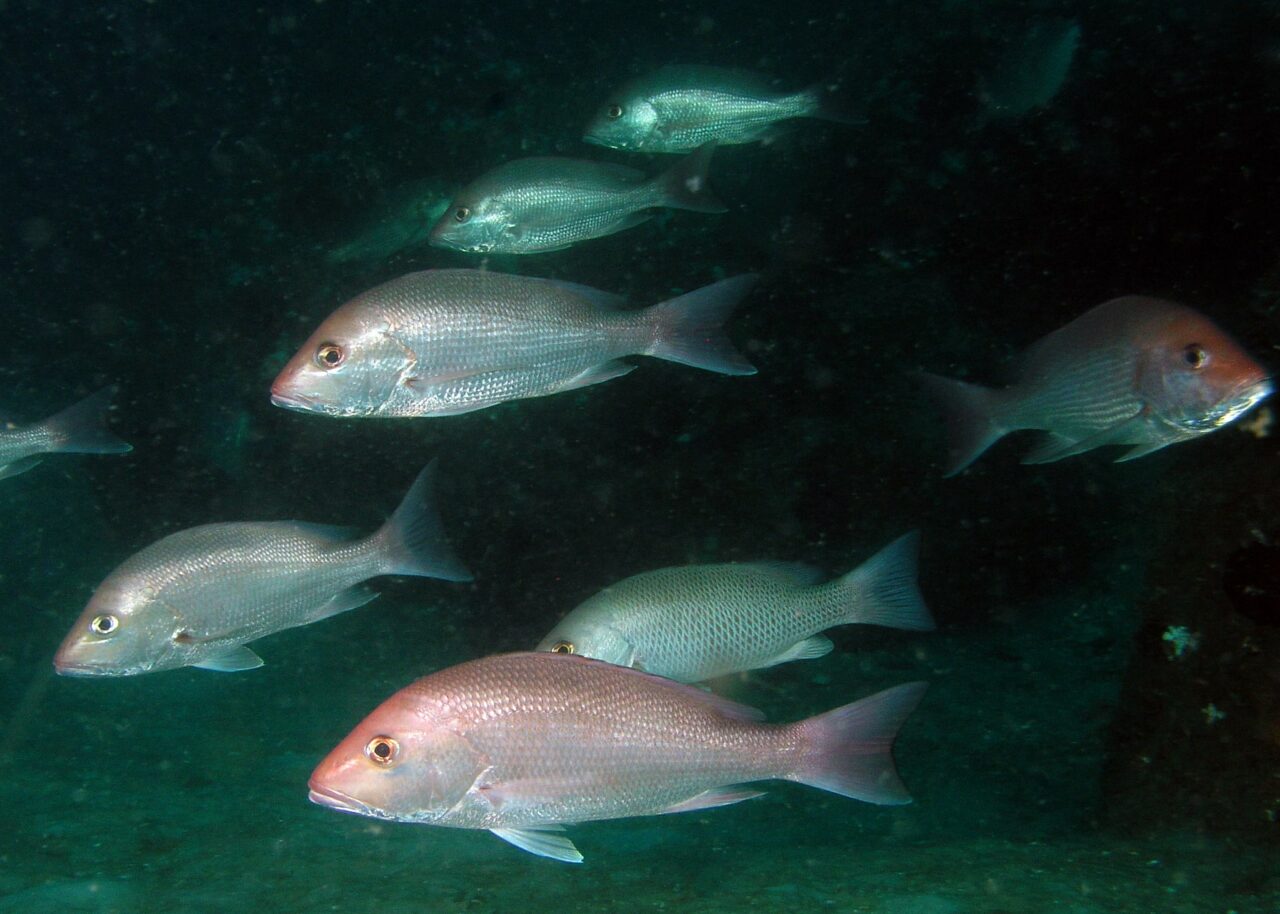
Figuring out the abundance of red snapper in the South Atlantic seems to be easy enough — it’s there, to a fault. There is the question, however, of where those snapper are coming from and what that means for the status of the species in the fishery.
There is evidence to suggest notable crossover between Gulf of Mexico red snapper and those generally in the Atlantic Ocean. Uncertainty in connectivity between these areas, along with episodic recruitment, could lead to incorrect conclusions about the population status of the species, said Mandy Karnauskas, ecosystem science lead for NOAA Fisheries’ Southeast Fisheries Science Center in Miami.
She presented her study this week to the Scientific and Statistical Committee of the South Atlantic Fishery Management Council.
The thought was that Gulf red snapper larvae are growing up in waters of the South Atlantic, skewing the population.
“Our results suggest that areas of the West Florida Shelf south of Tampa Bay are important sources of larvae for the Atlantic population, supplying as much as one third of the recruitment during some years,” according to the study’s abstract.
“Yet, contributions of Gulf-spawned red snapper to the Atlantic stock are highly dynamic given large variability in spatial and temporal patterns of red snapper recovery in each region.”
Red snapper management in federal South Atlantic waters continues to be a matter of incredible frustration for many of the groups involved, trying to work within the limits of federal fisheries law and the snail’s pace of regulatory rulemaking.
Commercial red snapper limits are likely to be halved and recreational red snapper seasons in the South Atlantic are unlikely in the immediate future as regulators try to decrease the fish’s discard mortality, which is driving the limits.
“In the eastern Gulf, along the Western Florida Shelf, you’ve had a lot of increasing populations, increasing spawning biomass in recent years,” Karnauskas said. “The population’s gone way up in the last 10 years, and then there’s obviously trends in the South Atlantic side as well.”
Part of the question is dependent on the ratio of egg production between the regions. Researchers believe the Gulf to Atlantic ratio is anywhere between 1-to-1 and 4-to-1, which renders different percentages of red snapper in the Atlantic for which the Gulf is responsible.
At 1-to-1, it’s around 11%, with a 2.8%-34.8% range. At 4-to-1, it’s closer to 34.5% of the population, with a range of 10.6%-68%. The model’s set up to become more precise as more data becomes available in the coming weeks and months.
The study team released particles in locations along the Gulf to approximate the movement of red snapper eggs and larvae, and used the data from these particles in complex and lengthy computations.
“The runs are pretty computationally expensive,” Karnuaskas said. “Some of them can take days to run, simulating millions of particles.”
There were some surprises, like a spike in red snapper egg production on the edge of the study’s range, off the North Carolina Outer Banks.
“We didn’t have any information further north, so it’s unclear whether that hotspot of red snapper egg production would extend further north,” Karnauskas said. “So, this was an area we had to sort of consider and simulate separately as part of the study.”
The Outer Banks hotspot accounts for around 16% of South Atlantic red snapper egg production, but those larvae are mostly going out to sea.



